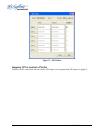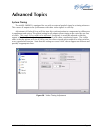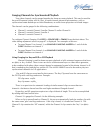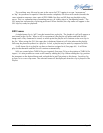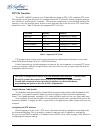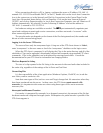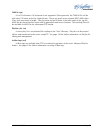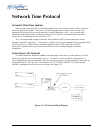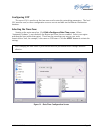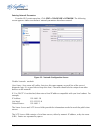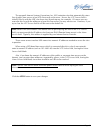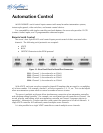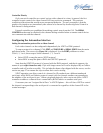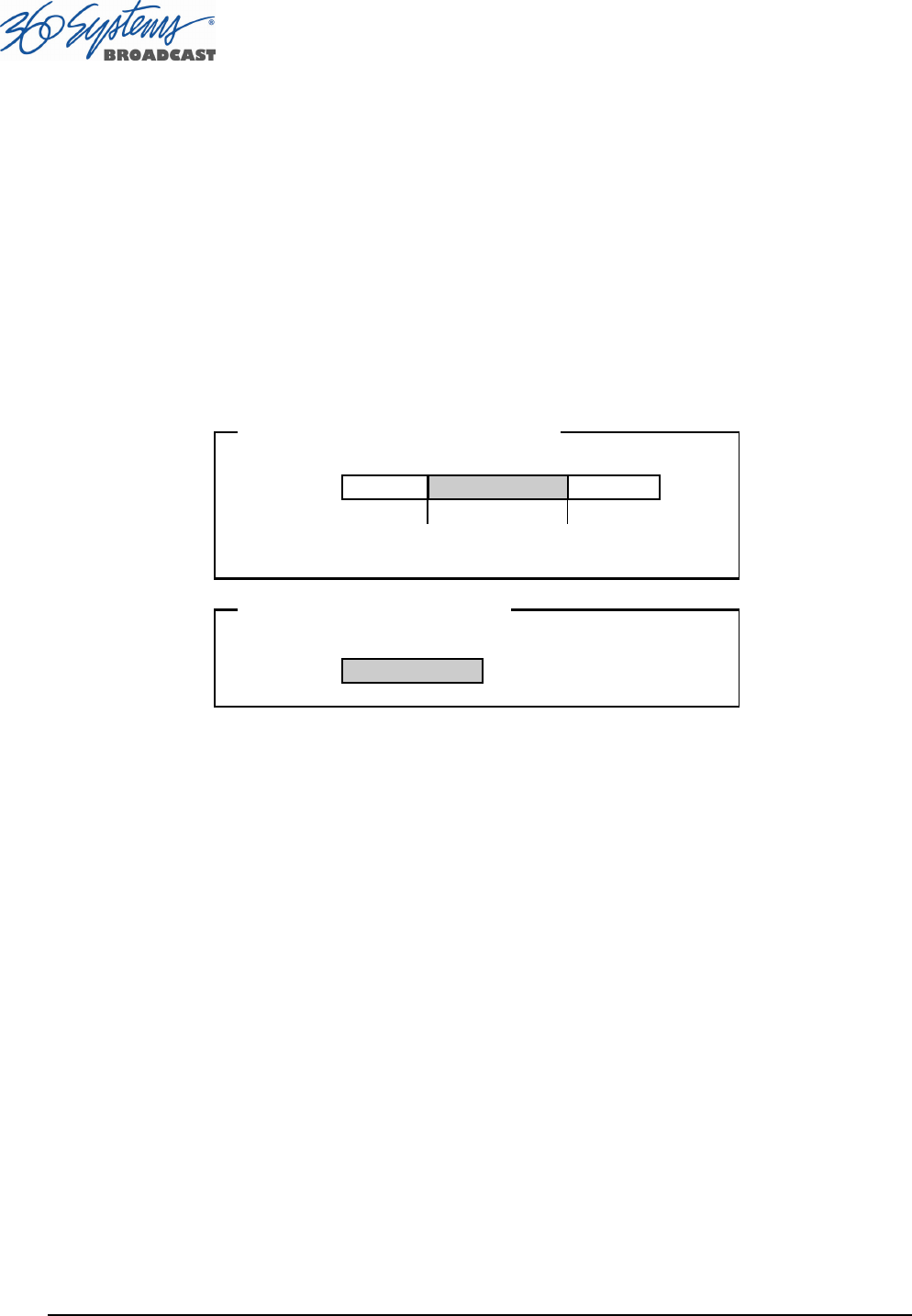
Page 76 MAXX-2400HD Owner’s Manual
Transfer of Edited Segments
The server sets MARK-IN and MARK-OUT points in a clip as “edit pointers.” For all edit
operations within a given server, these pointers produce “virtual edits” that save disk space, and
the time it would take to re-write the marked region as a new file.
When transferring clips via FTP, the entire clip is transferred.
To maintain the identity of the transferred clip, the time code references for its Mark-In/Out
points are maintained, as shown in
Figure 29
.
When transferring edited material, keep in mind that you are making copies of the data on the
target device. While subclips that reference the same video content on the original recordings take
up minimal extra disk space, they could take considerably more space on the target storage.
Figure 29 – Result of a network file transfer
Supported file types
MAXX-2400HD recognizes media file types by their file extension. It is important that the file
extension properly identifies the file content. Attempts to send a file in one format but
masquerading as another due to a wrong file extension may result in undefined behavior. The
following formats are supported:
JPEG 2000 (.vcf)
As of this writing, the JPEG-2000 file is .vcf (360 Systems) format. Near-term software releases
will provide file exchange capability with JPEG-2000 products from other companies.
MOV (.mov)
MOV-wrapped graphics can be imported and rendered for playback as JPEG-2000 files.
Animation sequences to be sent to the MAXX-2400HD should be saved in QuickTime format
with either no compression or with Run Length Encoding enabled. The image size should be
1920x1080 or 1280x720. An alpha channel may be present.
00:00:00;00
01:22:18;04
00:30:00;00
(
IN POINT
)
00:32:00;00
(
OUT POINT
)
CLIP_A.mxf
Before Transfer (On Source Image server)
00:30:00;00
00:32:00;00
CLIP_A.mxf
After Transfer (On Target Image server)



